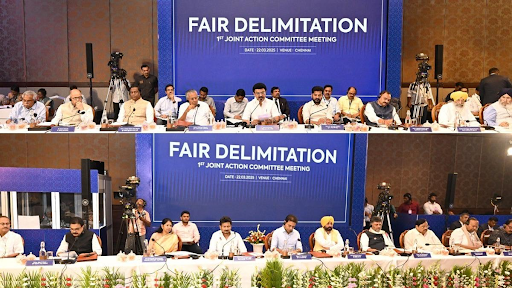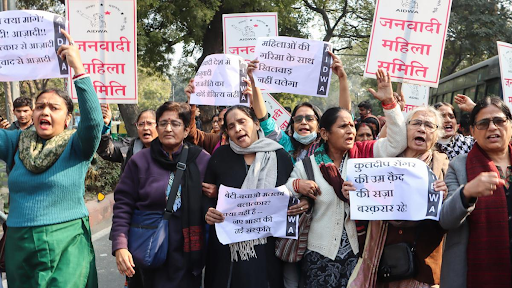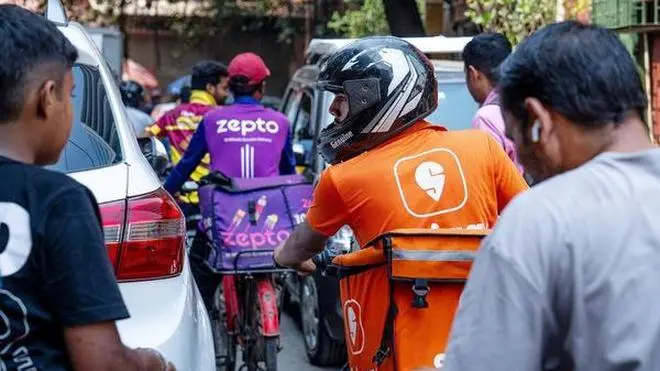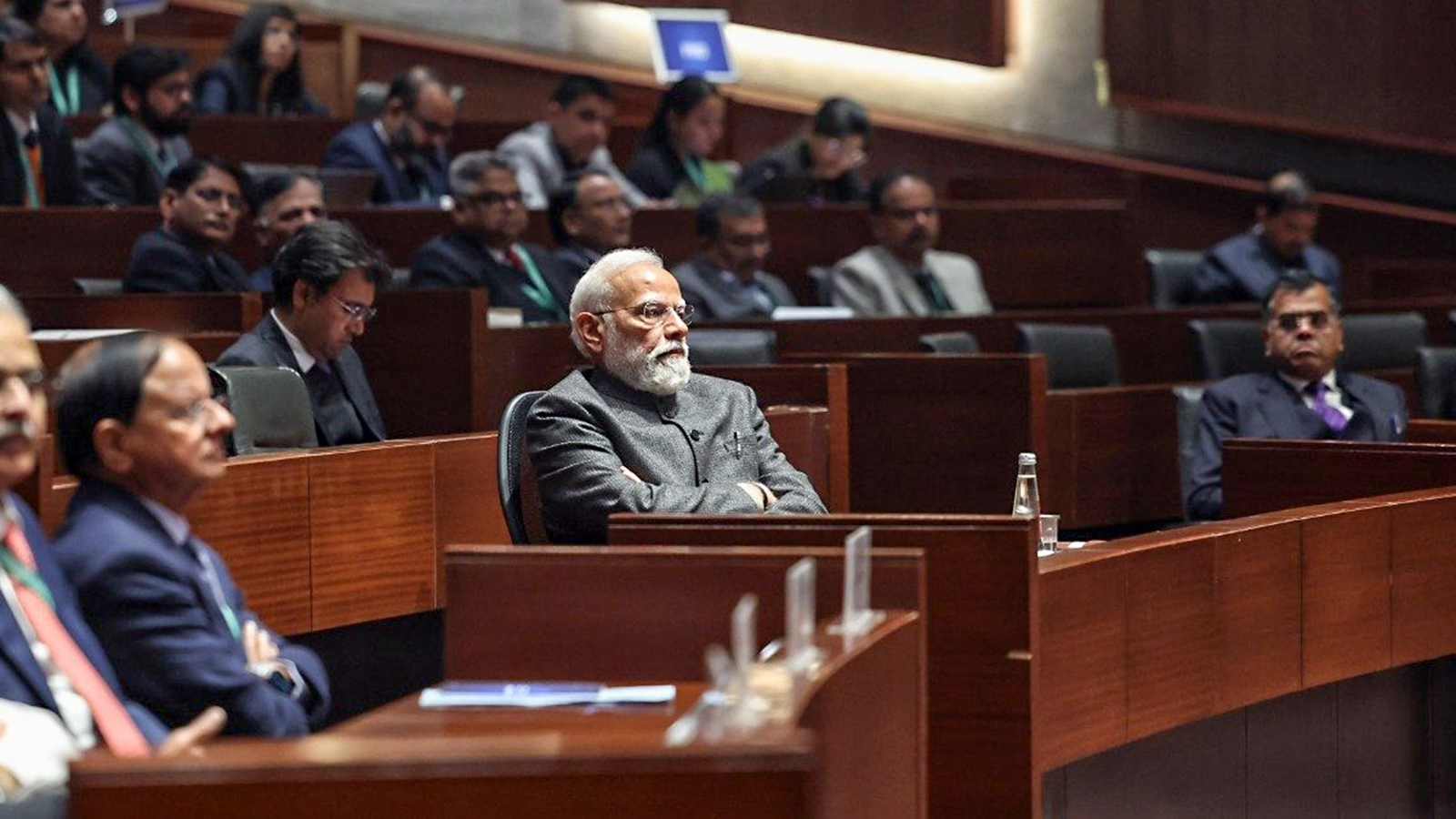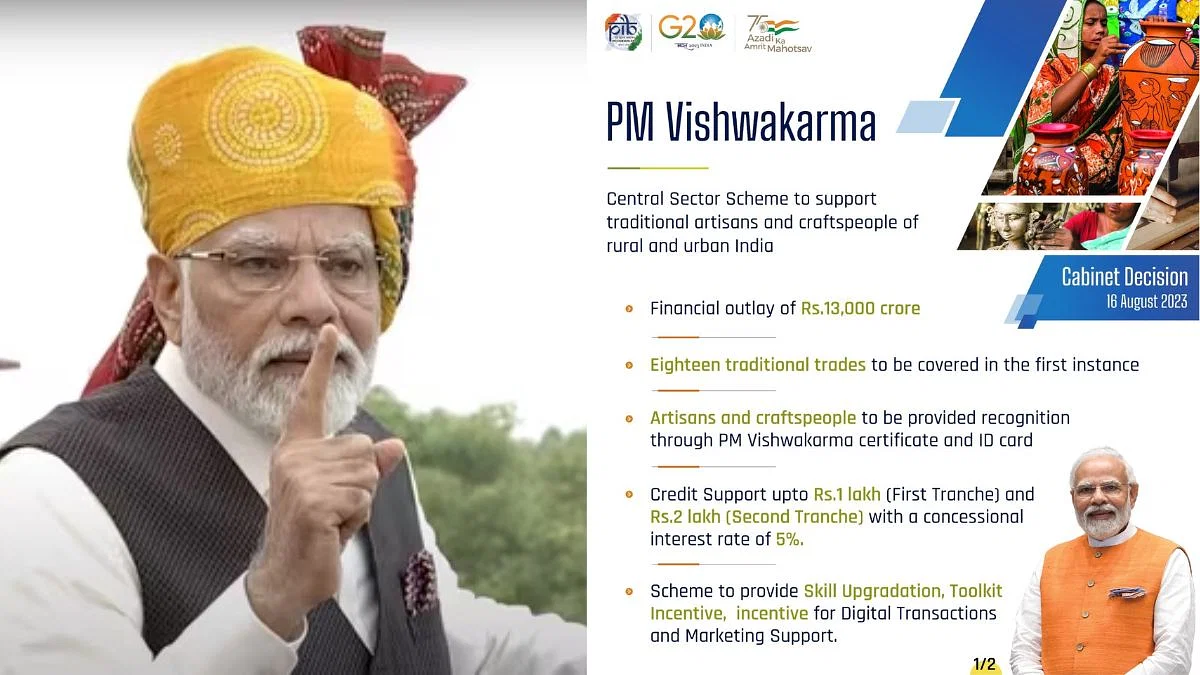
Copyright infringement not intended
Picture Courtesy: www.saamtv.com
Context: The "PM Vishwakarma" scheme reflects the government's commitment to supporting traditional artisans and craftspeople, preserving cultural heritage, and promoting local craftsmanship.
Details
- The scheme focuses on uplifting and empowering people engaged in traditional crafts. This focus is driven by a dual purpose: providing financial support to artisans and craftspeople while also preserving and celebrating India's age-old traditions, culture, and diverse heritage through local products, art, and crafts.
Key features of the "PM Vishwakarma" scheme
- Financial Support: PM Vishwakarma is fully funded by the Union Government with an allocation of Rs 13,000 crore. This significant financial support is aimed at uplifting and empowering traditional artisans and craftspeople.
- Registration: Artisans, known as Vishwakarma, can register for the scheme free of charge. They can do this through the biometric-based PM Vishwakarma portal, which is accessible at Common Services Centres. This digital registration process simplifies the onboarding of artisans.
- Recognition: Registered artisans will be officially recognized through a PM Vishwakarma certificate and ID card. This recognition serves as a testament to their involvement in traditional crafts and their eligibility for scheme benefits.
- Skill Upgradation: The scheme prioritizes skill upgradation for artisans. It offers opportunities for both basic and advanced training to help artisans enhance their craft and improve their skills. This ensures the continuous improvement of traditional craftsmanship.
- Toolkit Incentive: Artisans will receive a toolkit incentive of ₹15,000. This financial support is provided to assist artisans in acquiring or maintaining the necessary tools and equipment for their craft. It ensures that they have the essential resources to pursue their traditional skills.
- Collateral-free Credit: Vishwakarma can access collateral-free credit support through the scheme. They are eligible for credit of up to ₹1 lakh in the first tranche and ₹2 lakh in the second tranche. The interest rate on this credit is concessional, set at 5%. This financial assistance helps artisans in scaling up their craft and business activities.
- Incentives for Digital Transactions: PM Vishwakarma encourages artisans to embrace digital transactions. To promote cashless and online payments, the scheme provides incentives for digital transactions. This encourages the adoption of modern payment methods, making transactions more efficient and secure.
- Marketing Support: Artisans will receive marketing support as part of the scheme. This assistance is designed to help artisans expand their reach and connect with a broader customer base. Effective marketing can increase the demand for traditional crafts and products, ultimately benefiting artisans.
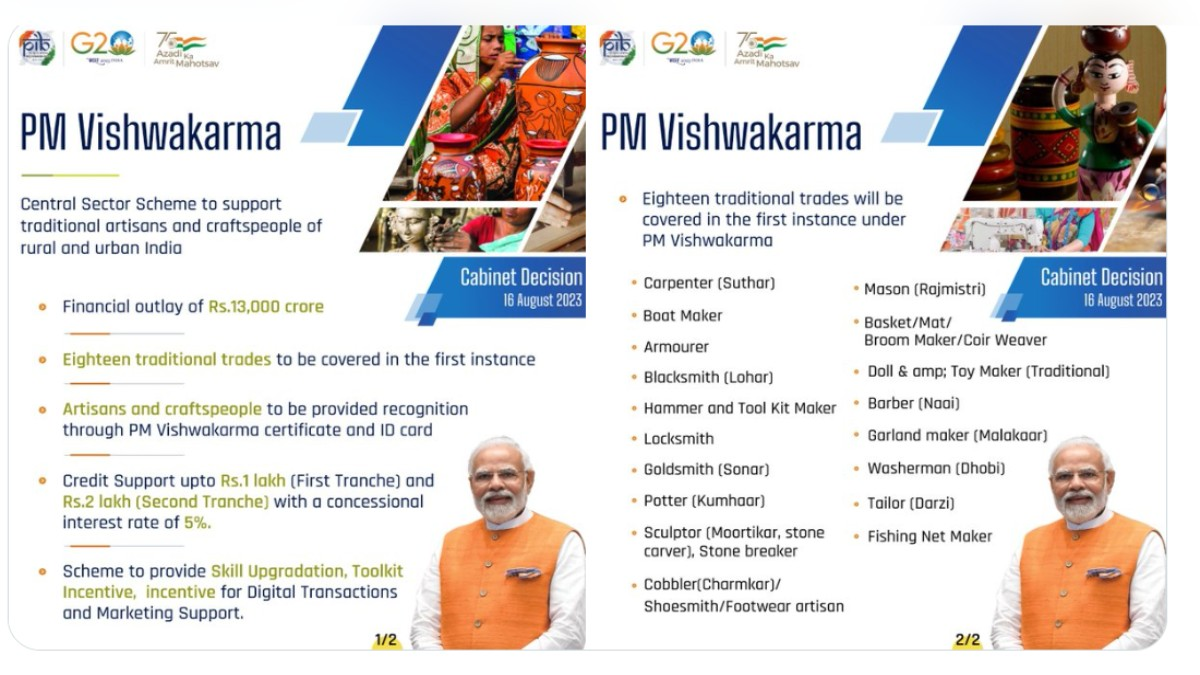
Picture Courtesy: www.oneindia.com
Significance of the "PM Vishwakarma" scheme
Preservation of Guru-Shishya Parampara
- PM Vishwakarma aims to strengthen and perpetuate the Guru-Shishya parampara, which is a traditional family-based practice of passing down skills from one generation to another. This represents the essence of India's cultural heritage, where knowledge and craftsmanship are handed down within families.
- By supporting artisans in this practice, the scheme ensures that traditional skills are preserved and transferred to the next generation.
Improving Product and Service Quality
- One of the key focuses of the scheme is to enhance the quality of products and services offered by artisans.
- By providing skill upgradation, training, and toolkit incentives, PM Vishwakarma enables artisans to refine their craftsmanship, leading to higher-quality traditional products. This, in turn, enhances the reputation of Indian traditional crafts both domestically and globally.
Integration into Value Chains
- PM Vishwakarma is designed to integrate artisans and craftspeople into both domestic and global value chains. This integration is crucial as it allows artisans to access wider markets and opportunities.
- By participating in value chains, artisans can sell their products to a broader customer base, potentially increasing their income and sustaining their livelihoods.
Market Access and Opportunities
- The scheme's emphasis on marketing support and incentives for digital transactions helps artisans expand their market reach. It assists them in tapping into domestic and international markets, thereby creating more opportunities for growth and recognition.
- By connecting artisans with consumers and promoting their traditional crafts, PM Vishwakarma stimulates demand for their products.
Challenges associated with the implementation of the "PM Vishwakarma" scheme
Equitable Access Across Rural and Urban Areas
- One of the challenges is ensuring that artisans from both rural and urban areas have equitable access to the scheme's benefits.
- Artisans in rural areas may face different challenges compared to those in urban areas, such as limited access to technology, infrastructure, and markets. Addressing these disparities and ensuring that all eligible artisans can participate in the scheme is essential.
Monitoring and Evaluation
- Effective monitoring and evaluation mechanisms are critical to prevent misuse of funds and ensure that artisans are not excluded from the scheme.
- Proper oversight is necessary to verify that the financial assistance and resources provided reach the intended beneficiaries. Regular audits and assessments can help identify and rectify any discrepancies.
Digital Literacy
- Promoting digital literacy among artisans is vital, particularly for those who may not be familiar with digital technologies. To benefit fully from the incentives for digital transactions, artisans need to understand and use digital payment methods securely.
- Providing training and resources for digital literacy is a challenge that needs to be addressed to maximize the scheme's impact.
Inclusion of Marginalized Groups
- Ensuring that marginalized and disadvantaged groups of artisans, such as women artisans and those from economically weaker sections, are not left behind is another challenge.
- Special efforts may be required to reach out to and support these groups, including providing tailored training and assistance.
Preventing Misuse
- Preventing the misuse of scheme funds and resources is a constant challenge. Measures should be in place to detect and deter fraudulent activities, such as misrepresentation or misappropriation of funds. Transparency and accountability in the implementation process are crucial for preventing misuse.
Sustainable Impact
- The scheme's long-term impact on the sustainability of traditional crafts and livelihoods must be carefully monitored. It is important to ensure that artisans continue to benefit from the scheme even after its initial phases. Strategies for long-term sustainability and growth should be developed.

Way forward for the successful implementation of the "PM Vishwakarma" scheme
Effective Monitoring and Evaluation
- The scheme's implementation should be closely monitored at various levels, from the national to the grassroots. Regular assessments and audits can ensure that funds are utilized effectively and reach the intended beneficiaries. Feedback mechanisms should be established to address any challenges or issues that arise during implementation.
Tailored Capacity Building
- Capacity building and skill enhancement programs should be customized to meet the specific needs of artisans in various crafts. Recognizing that different crafts require distinct skills, training programs should be designed accordingly. This tailored approach will enable artisans to excel in their respective areas of expertise.
Promotion and Marketing
- Creating awareness about traditional crafts and products is crucial to boost demand and recognition, both domestically and globally.
- Marketing campaigns, exhibitions, and online platforms can be leveraged to showcase the rich heritage of Indian craftsmanship. Partnerships with e-commerce platforms and traditional markets can also expand the reach of these products.
Technology Adoption
- Encouraging artisans to embrace technology for marketing, sales, and digital transactions is essential. Digital literacy programs should be provided to help artisans make the most of the incentives for digital transactions. Training on e-commerce platforms and online marketing can empower artisans to reach a wider customer base.
Sustainability Measures
- Strategies for the long-term sustainability of traditional crafts and livelihoods should be developed. This may include diversifying product lines, exploring export opportunities, and supporting artisans in adapting to changing market trends.
Inclusivity and Outreach
- Efforts should be made to ensure that marginalized and underrepresented groups of artisans, including women artisans and those from economically disadvantaged backgrounds, are actively included in the scheme. Outreach programs can target these groups and provide them with the necessary support.
Stakeholder Collaboration
- Collaboration between government agencies, non-governmental organizations, local communities, and artisans' associations is essential for the successful implementation of the scheme. Stakeholders should work together to address challenges and share best practices.
Feedback Mechanisms
- Establishing effective feedback mechanisms will enable artisans to voice their concerns and provide suggestions for improvement. This feedback can inform policy adjustments and program enhancements to better serve the artisan community.
Conclusion
- The PM Vishwakarma scheme is a transformative initiative aimed at empowering traditional artisans, preserving cultural heritage, and boosting local craftsmanship. By addressing challenges and ensuring effective implementation, India can leverage this scheme to empower artisans and promote its rich cultural heritage on a global stage.
Must Read Articles:
VISHWAKARMA YOJANA: https://www.iasgyan.in/daily-current-affairs/vishwakarma-yojana
FEATURES ON PM VISHWAKARMA: https://www.iasgyan.in/daily-current-affairs/features-on-pm-vishwakarma
|
PRACTICE QUESTION
Q. What are the key features of the PM Vishwakarma scheme, and how it can contribute to preserving traditional craftsmanship and cultural heritage? What challenges may arise during its implementation, and what strategies can be adopted to overcome these challenges and ensure the scheme's success in empowering artisans?
|
https://pib.gov.in/PressReleasePage.aspx?PRID=1957607
https://t.me/+hJqMV1O0se03Njk9







